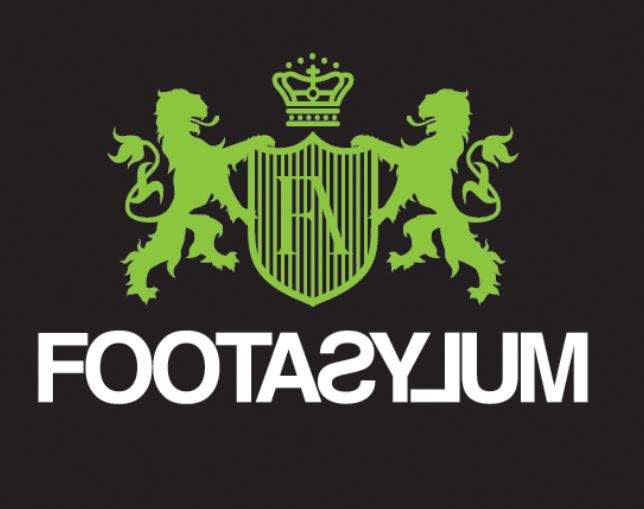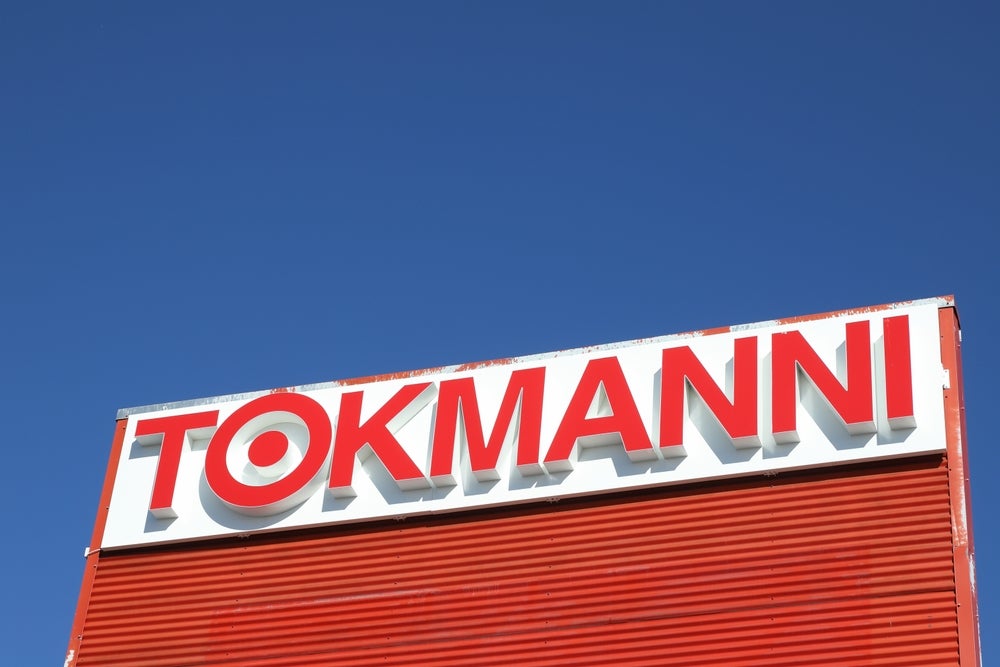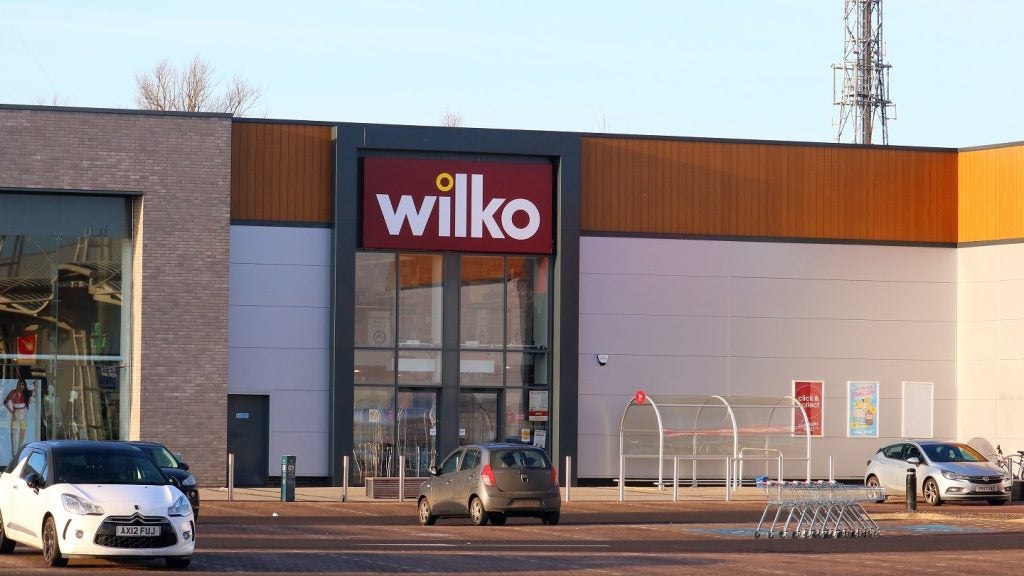
UK-based sportswear retailer Footasylum revealed losses of £1.5m in its half-year results.
The company, which listed on the AIM in 2017, reported adjusted losses before interest, tax, depreciation and amortisation of £1.5m for the six months to August 2018 compared with £4.4m profit in the same period last year.
Revenue grew 18.5 per cent to £98.6m in the period.
The group floated in November 2017 at 164p per share. Shortly after the results announcement it was trading at 32.5p, making the company worth £32.5m.
How well do you really know your competitors?
Access the most comprehensive Company Profiles on the market, powered by GlobalData. Save hours of research. Gain competitive edge.

Thank you!
Your download email will arrive shortly
Not ready to buy yet? Download a free sample
We are confident about the unique quality of our Company Profiles. However, we want you to make the most beneficial decision for your business, so we offer a free sample that you can download by submitting the below form
By GlobalDataExecutive chairman Barry Bown said: “This has been a difficult trading period for Footasylum as we have contended with tough conditions on the high street and
some delays in our programme of new store openings and upsizes ahead of the peak trading period.
“While we are pleased to be reporting good top line growth, and a particularly strong year-on-year revenue performance in both online and wholesale, our profitability has been impacted both by a lower overall gross margin from higher clearance activity in
stores, as well as the extensive investments that are being made to position the Company for future growth.
“We are encouraged by the early results and trends that we are seeing from our investments in key areas such as digital and marketing, and see substantial opportunity for further progress across these and other parts of our operations. In the longer term,
we remain confident that the Company’s differentiated, product-led, multi-channel proposition, combined with strong partnerships with core suppliers, will underpin our future progress.”
Footasylum scales back store openings – focuses on digital
FootAsylum said in its earnings statement that is has scaled back the number of new store openings in favour of “refitting and upsizing strategically important locations”.
The company said it has placed its app and rewards scheme at the centre of consumer transactions online.
It added: “We have fundamentally redesigned the website, introduced live chat, improved imagery, checkout and the basket to improve conversion. We are seeing early indicators of success with online conversion rates improving meaningfully.
“Mobile conversion has been particularly strong and revenue generated from mobile devices increased from 60% to 66% in the period.”
‘Trapped in a discounting cycle’
GlobalData retail analyst Zoe Mills said: “Under normal circumstances, a clothing & footwear specialist reporting 18.5% growth in revenue would be cause for celebration, but when it came accompanied by a second profit warning in September, investors begun to lose all confidence.
“Footasylum’s reported adjusted EBITDA of -£1.5m means that the clothing and footwear specialist has a lot to do to achieve its revised full-year profit target. The difficult task ahead has been reflected in its share price this morning dropping a further 6%, reflecting the concern investors have in the at the leisure retailer’s long-term profitability.”
“While Footasylum performed well in May and June, with store sales positive, July and August were considerably more challenging with the hot weather seeing consumers abandon the high streets in favour of leisure activities.
“Furthermore, with it looking to appeal to cash-strapped customers, higher levels of clearance has reduced the profitability of Footasylum stores. Footasylum must react to weaker store growth, as clothing & footwear specialists such as H&M, Zara and Primark introduce and expand their own athleisure ranges. It must further invest in brand exclusives to differentiate from these fast-fashion retailers.
“Many retailers have become trapped in a discounting cycle, cutting prices to entice customers to purchase. While Footasylum should use clearance strategically as a tool to make way for new season products, the retailer must ensure that it does not undervalue its product range.
“Footasylum should remove footwear discounts that are at the front of its stores all year round and limit clearance periods a few times in the year to protect its profit margins and reduce customer expectation of discounts.”
Read the Footasylum 2017 half-year results announcement in full.








